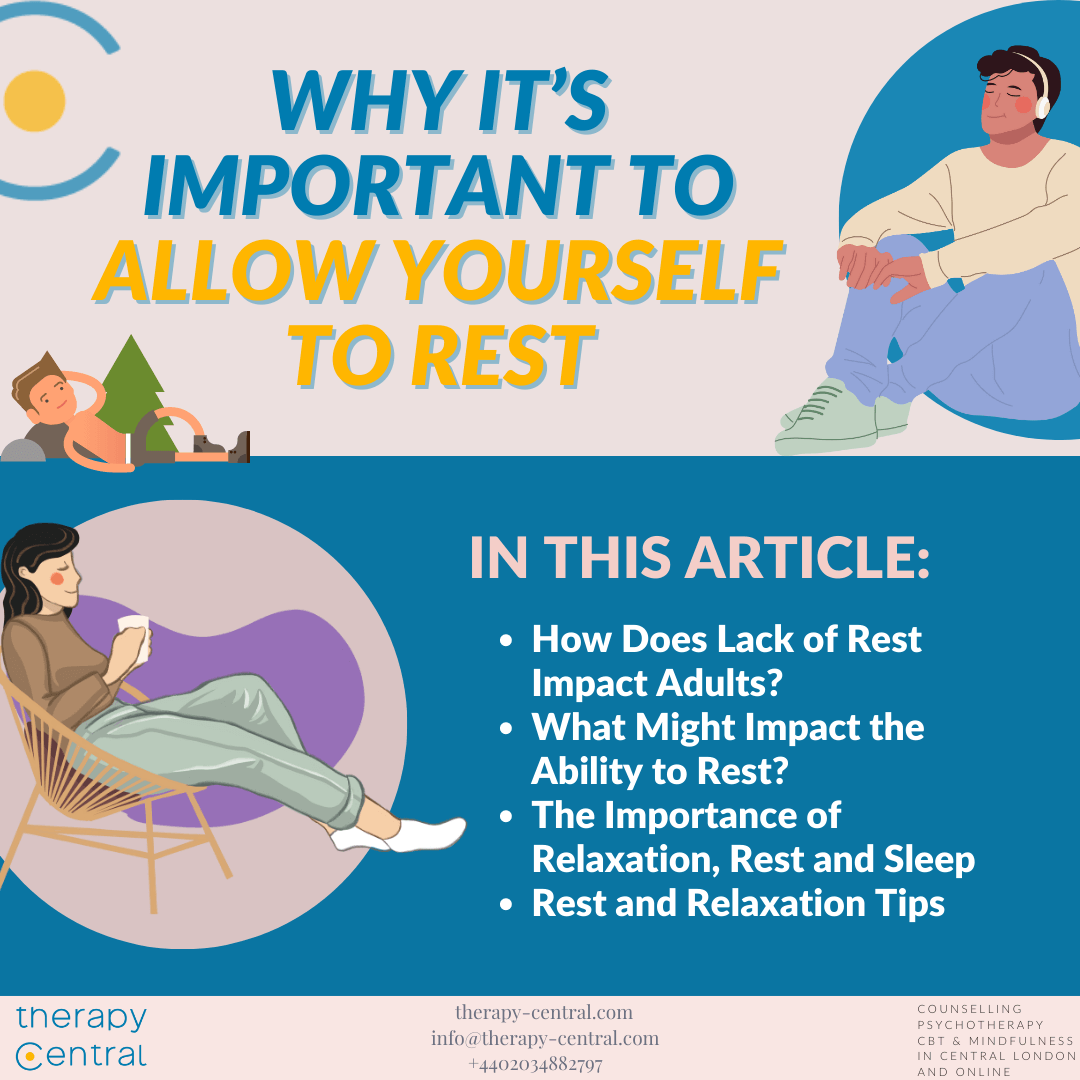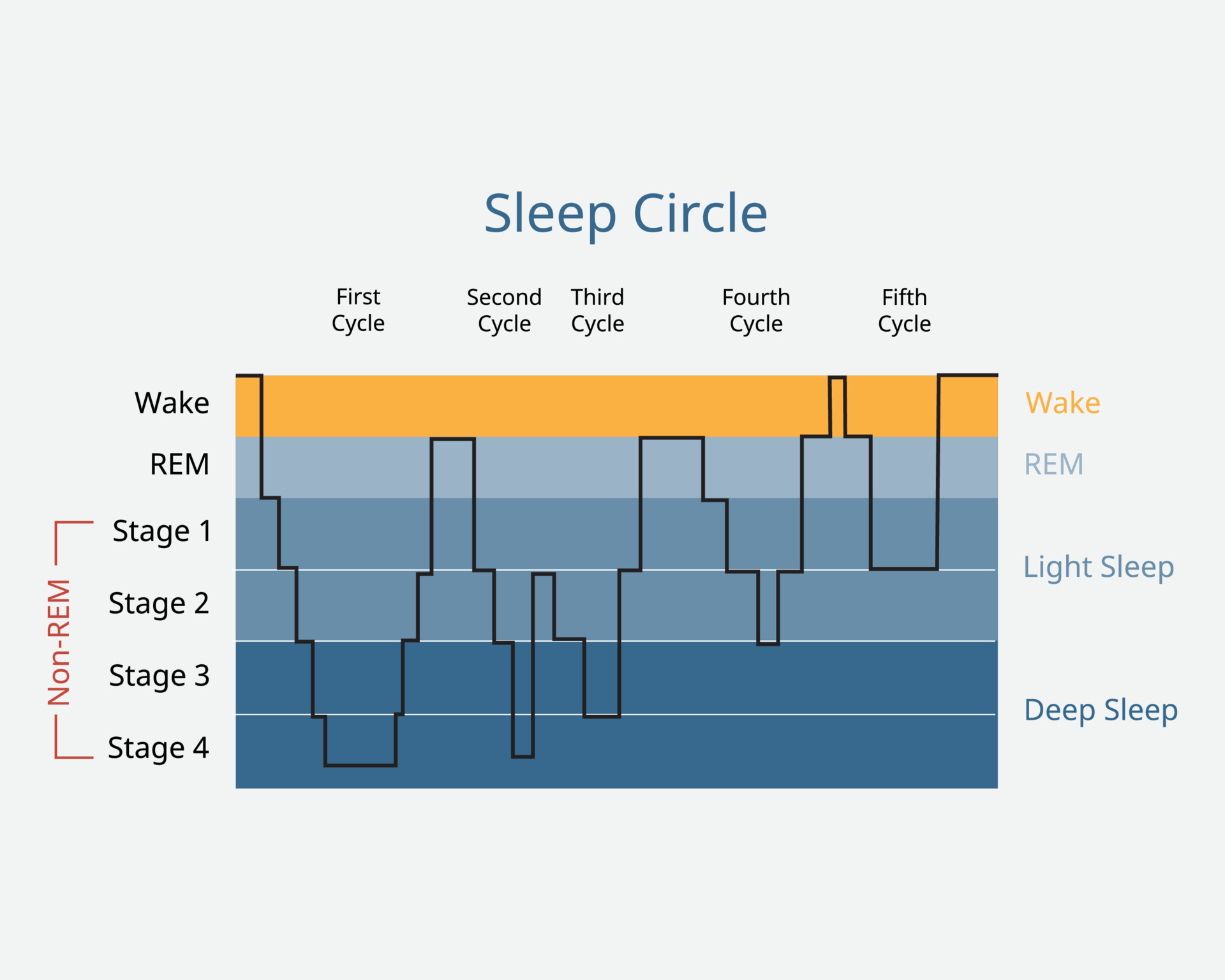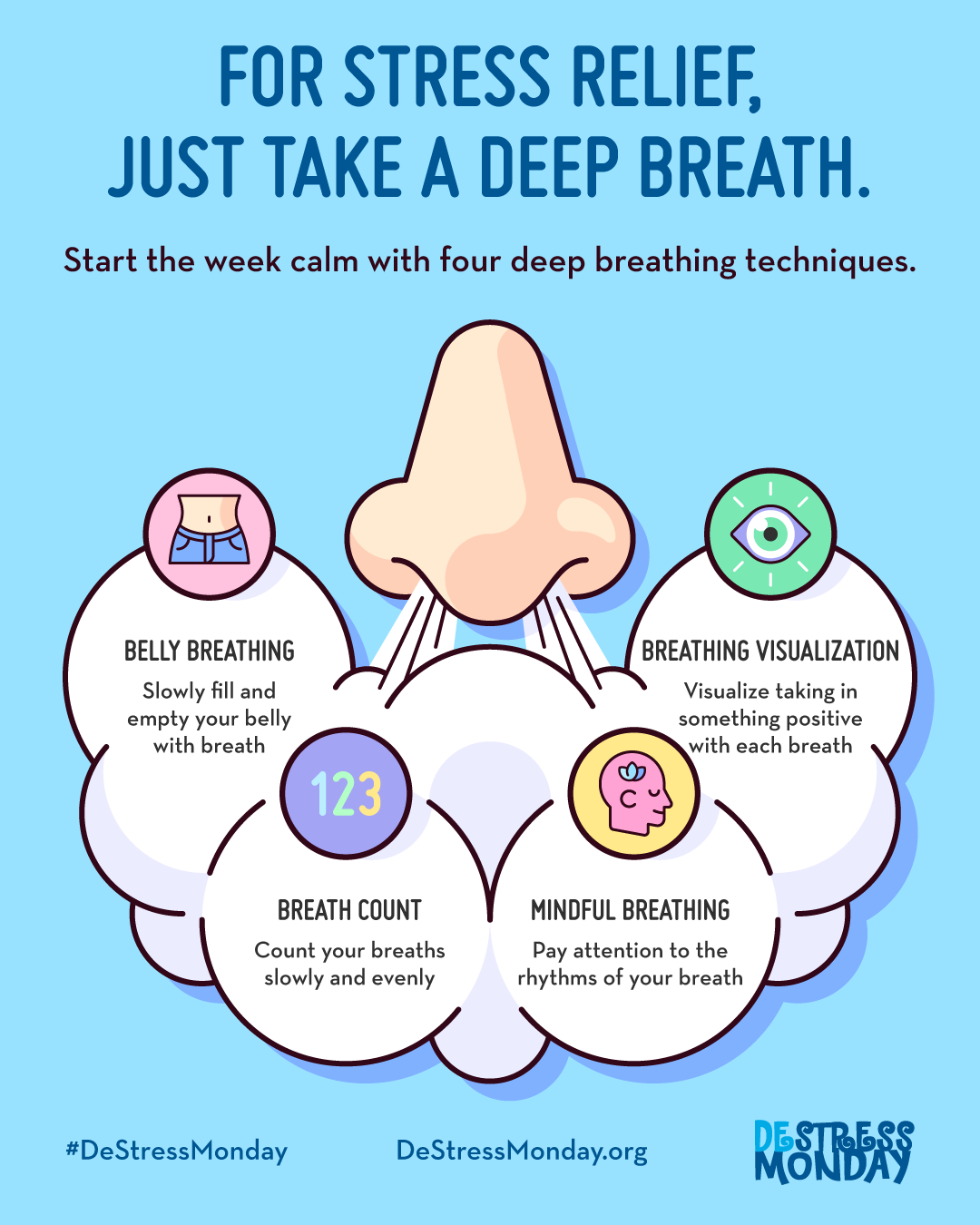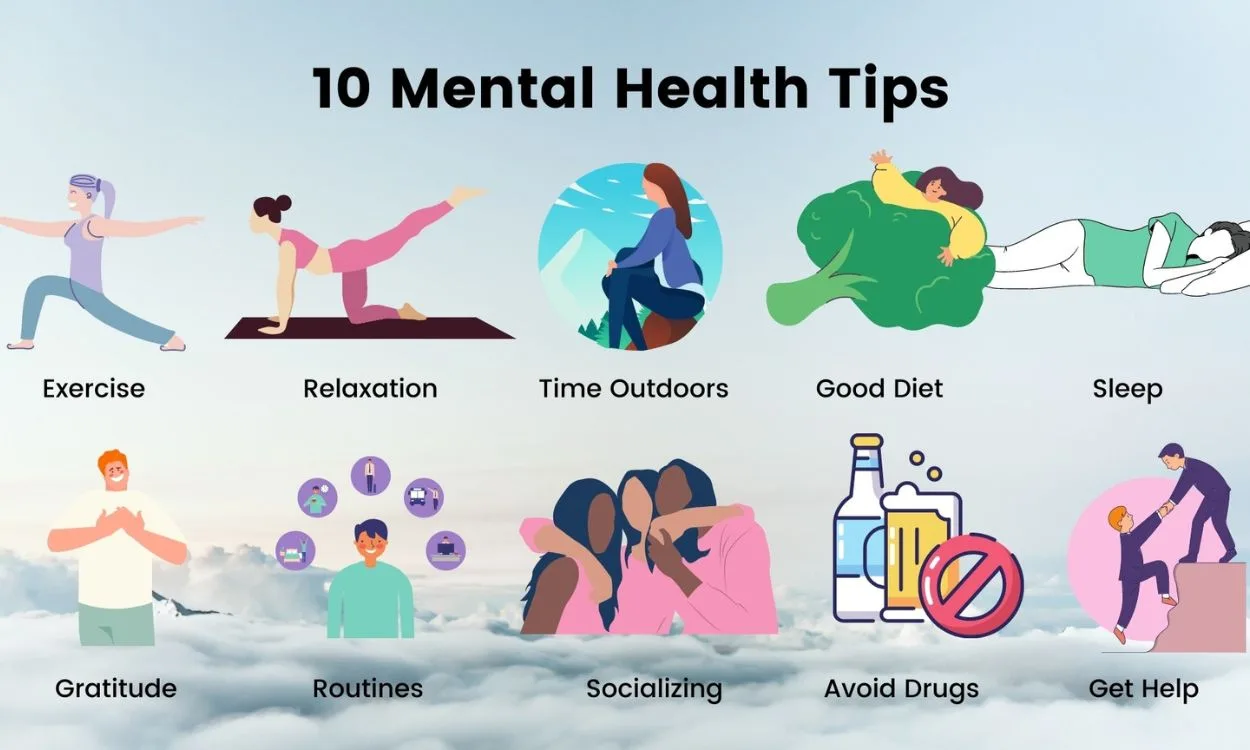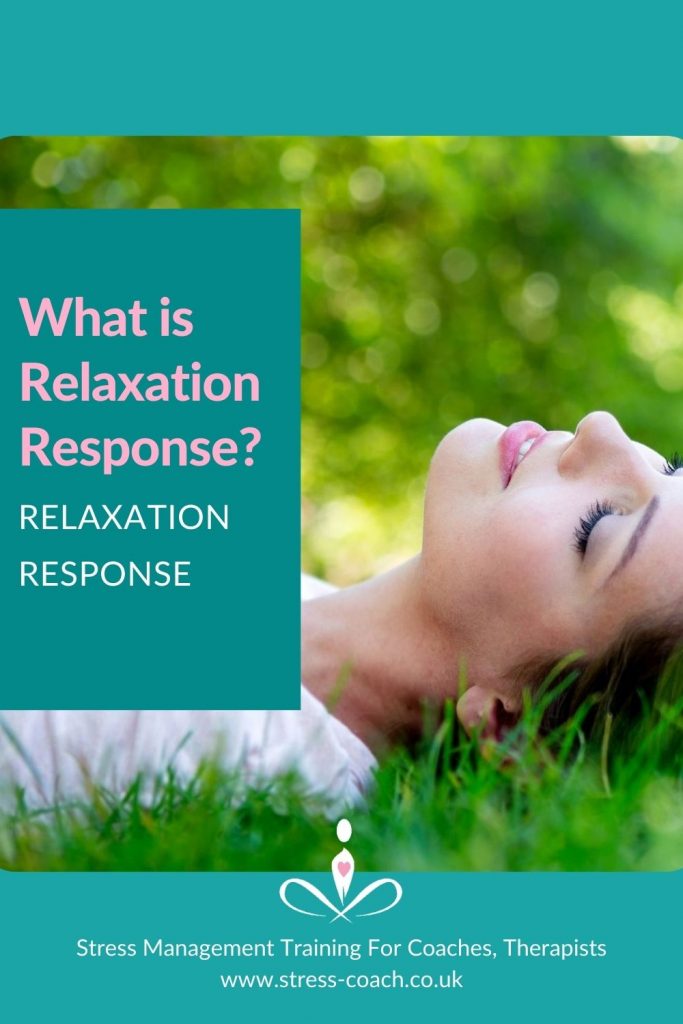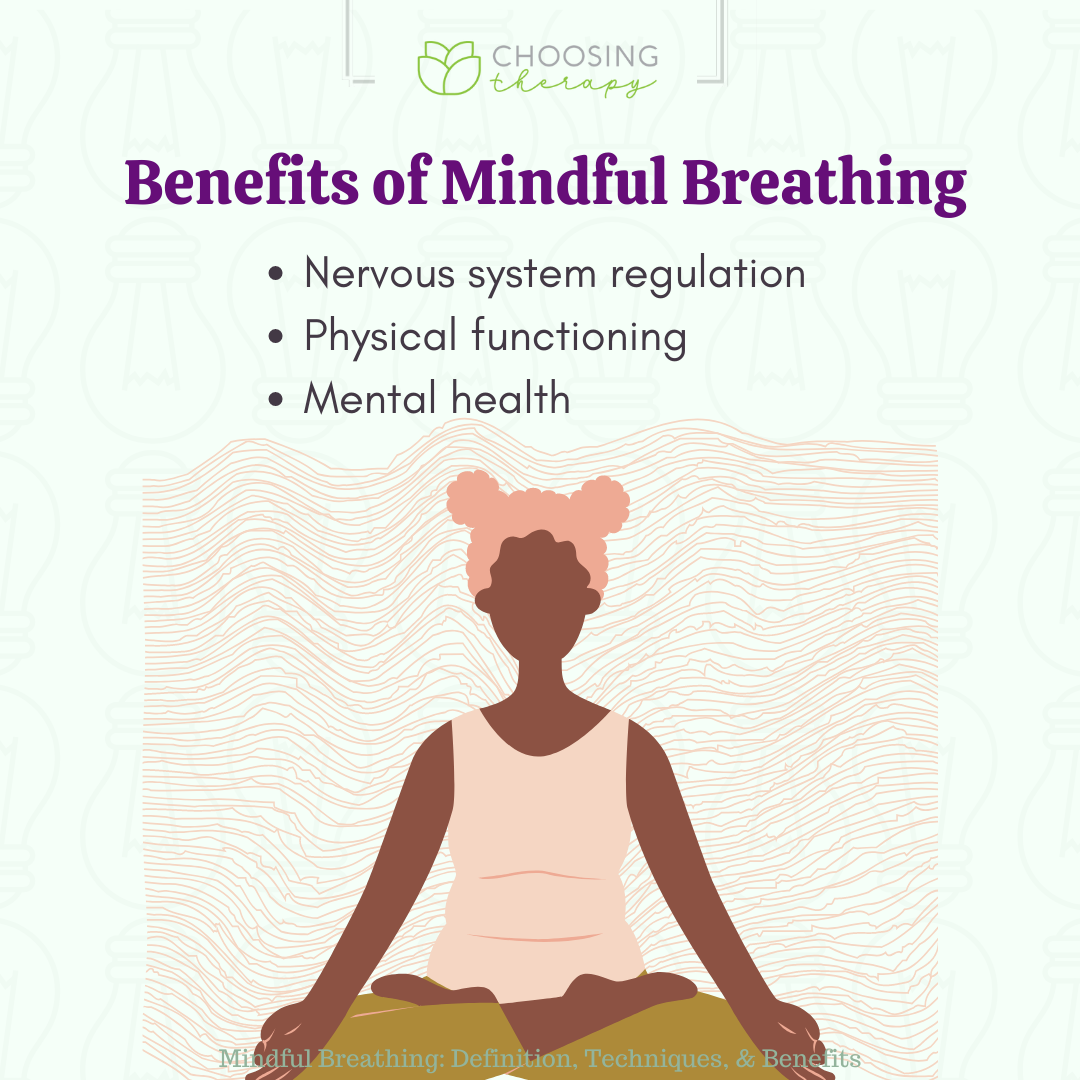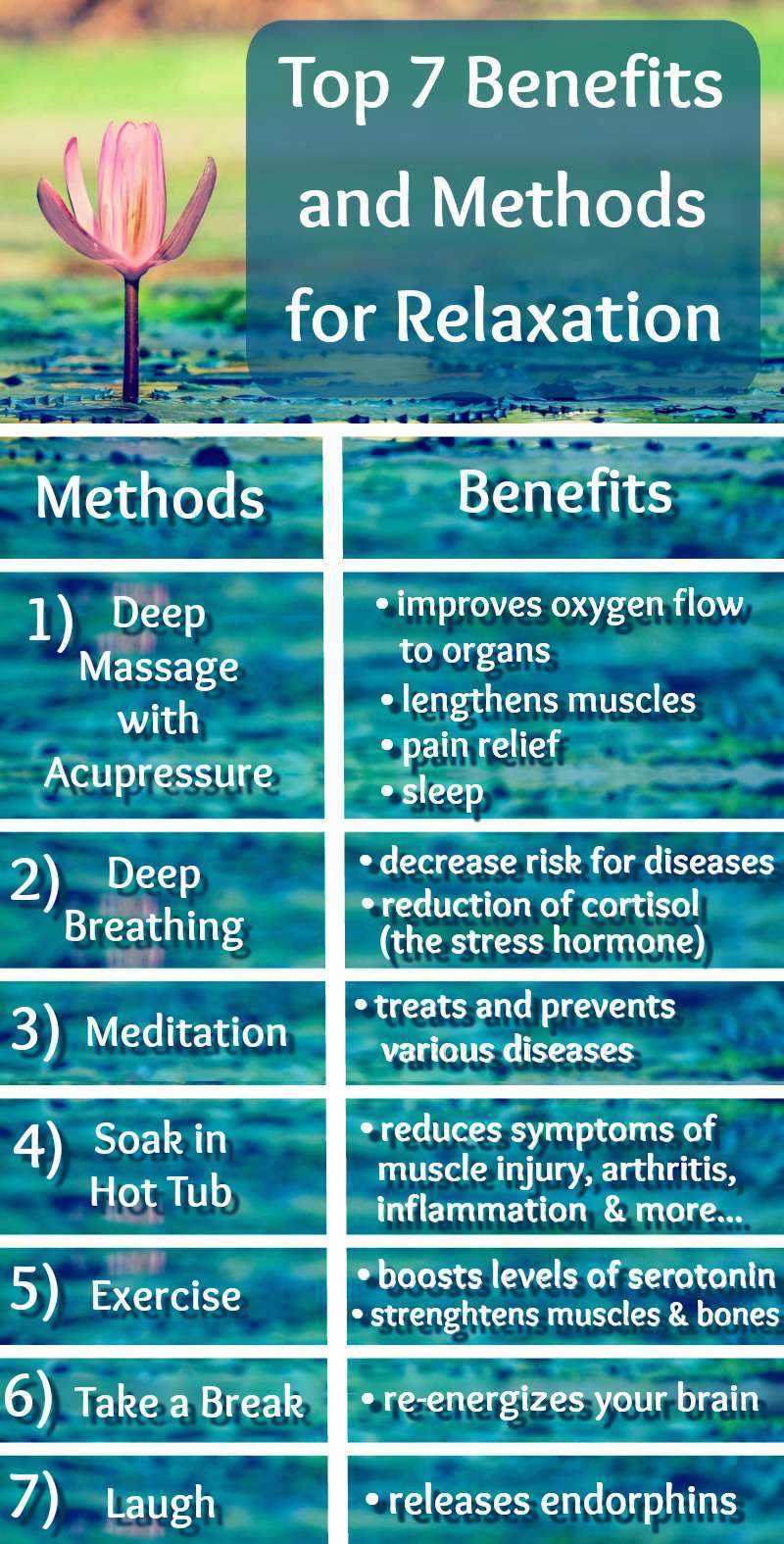Which Phase Of Relaxing Is The Most Important

In today's relentlessly paced world, the pursuit of relaxation has become a critical, almost urgent, necessity. But relaxation isn't a monolithic concept. It's a multi-faceted process with distinct phases, each contributing uniquely to our overall well-being. Which phase reigns supreme? The answer is far more nuanced than a simple ranking suggests.
This article delves into the various stages of relaxation, exploring their individual benefits and contributions to mental and physical health. We'll examine scientific research, expert opinions, and practical strategies to understand which phase of relaxation might be the most crucial for different individuals and circumstances. The focus is not to declare a single winner, but to provide a comprehensive understanding of the entire relaxation process and empower readers to prioritize the phases that best serve their needs.
Understanding the Phases of Relaxation
Defining distinct "phases" of relaxation can be subjective, but broadly, we can identify three core stages: Disconnecting, Calming, and Rejuvenating. Each phase addresses different aspects of stress and contributes uniquely to a relaxed state.
Disconnecting: The Initial Step
This is the crucial first step, involving the conscious effort to detach from stressors. This could mean putting down your phone, closing your laptop, or physically removing yourself from a stressful environment. According to a study published in the Journal of Environmental Psychology, physical disconnection from technology significantly reduces anxiety and improves focus.
Disconnecting isn't simply about avoidance; it's about creating mental space. It's a conscious choice to prioritize well-being over constant connectivity and obligation.
Calming: Quieting the Mind and Body
Once disconnected, the next phase involves actively calming the mind and body. This can be achieved through various techniques such as deep breathing exercises, meditation, or gentle physical activity. The National Institutes of Health (NIH) has extensively documented the benefits of meditation on reducing stress hormones like cortisol.
Activities like yoga and tai chi are particularly effective. They combine physical movement with mindful breathing, promoting both physical and mental relaxation.
The goal of the calming phase is to reduce physiological arousal. This involves slowing your heart rate, lowering your blood pressure, and easing muscle tension.
Rejuvenating: Restoring and Replenishing
The final phase focuses on restoring energy and replenishing resources depleted by stress. This often involves getting adequate sleep, consuming nutritious food, and engaging in activities that bring joy and satisfaction. A report by the American Psychological Association (APA) highlights the critical role of sleep in cognitive function and emotional regulation.
Rejuvenation goes beyond simply resting. It includes actively engaging in activities that foster a sense of purpose, connection, and well-being.
The Importance of Each Phase: Perspectives and Evidence
While each phase is valuable, its relative importance can vary depending on individual needs and circumstances. For someone experiencing acute stress, disconnecting may be the most immediate priority.
For individuals struggling with chronic anxiety, the calming phase might be paramount. Consistent meditation or mindfulness practices can help regulate the nervous system and reduce overall anxiety levels.
Athletes or individuals with physically demanding jobs might find the rejuvenating phase the most crucial. Prioritizing sleep and nutrition is essential for muscle recovery and overall performance.
Dr. Emily Carter, a leading stress management expert, emphasizes the interconnectedness of these phases. "You can't effectively calm the mind if you haven't first disconnected from stressors," she explains. "Similarly, rejuvenation is less effective if the underlying stressors haven't been addressed."
Research supports this holistic view. A study published in Psychosomatic Medicine found that interventions addressing all three phases – disconnection, calming, and rejuvenation – were the most effective in reducing stress and improving overall well-being.
Practical Strategies for Each Phase
Integrating these phases into daily life requires conscious effort and strategic planning.
For disconnecting, establish clear boundaries between work and personal life. Designate specific times for checking emails and social media and stick to them. Create tech-free zones in your home, such as the bedroom.
For calming, incorporate regular mindfulness practices into your routine. This could involve just five minutes of deep breathing exercises each day. Explore different relaxation techniques like progressive muscle relaxation or guided imagery to find what works best for you.
For rejuvenating, prioritize sleep hygiene. Create a relaxing bedtime routine, ensure a dark and quiet sleep environment, and avoid caffeine before bed. Engage in activities that bring you joy and a sense of accomplishment. This could be anything from spending time in nature to pursuing a creative hobby.
Conclusion: A Personalized Approach to Relaxation
Ultimately, there is no single "most important" phase of relaxation. The ideal approach is a personalized one, tailored to individual needs and preferences. By understanding the unique benefits of each phase – disconnecting, calming, and rejuvenating – individuals can create a comprehensive strategy for managing stress and promoting overall well-being.
The key is to be mindful and intentional in your approach. Experiment with different techniques and prioritize the phases that resonate most with you. Relaxation is not a luxury; it's a necessity. By investing in it, you're investing in your health, happiness, and overall quality of life.
As research continues to evolve, we can expect even more nuanced understandings of the relaxation process. The future of well-being lies in integrating these insights into our daily lives and fostering a culture that prioritizes relaxation and self-care.

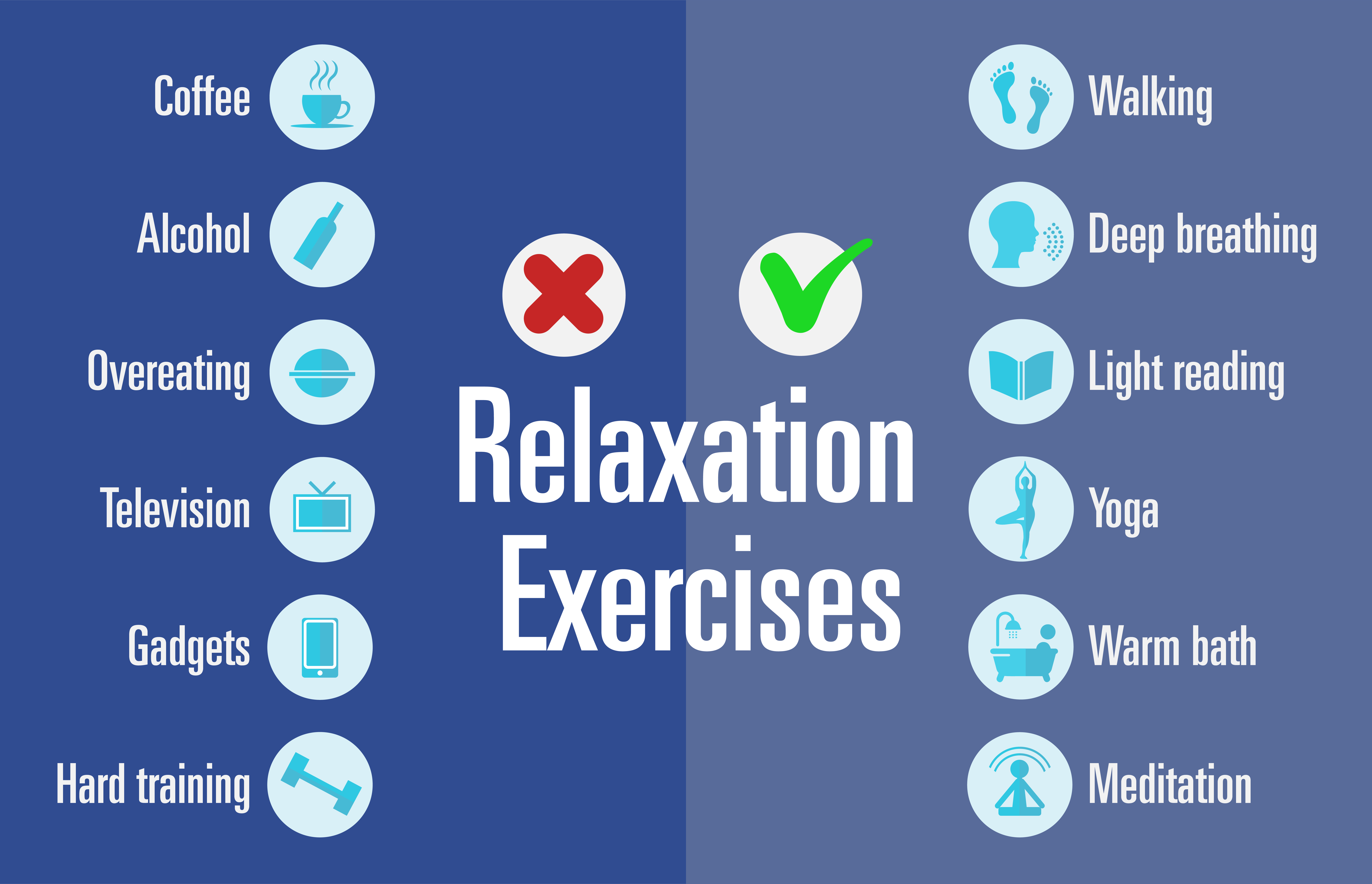
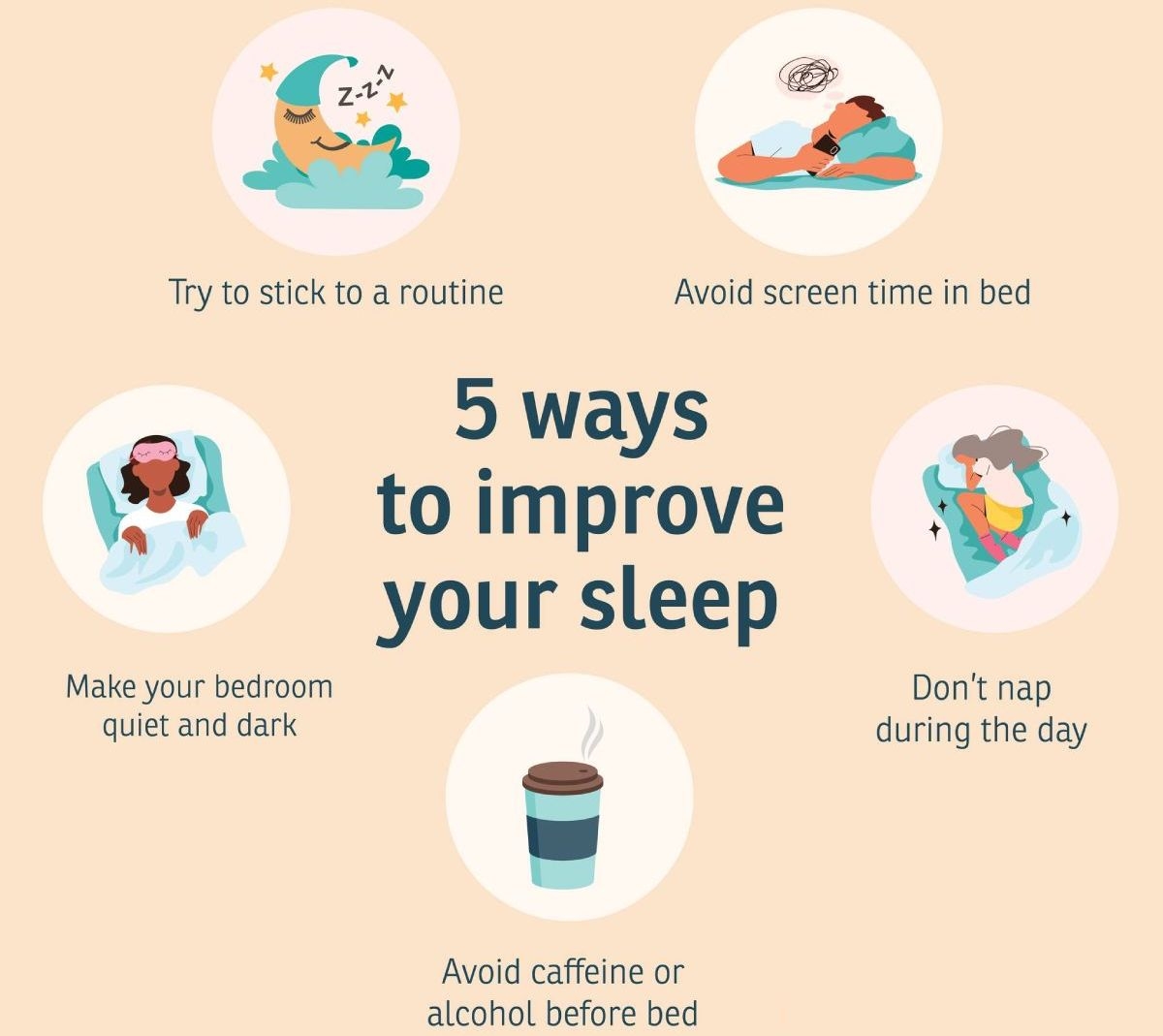


:max_bytes(150000):strip_icc()/how-to-reduce-stress-5207327_FINAL-907db114a640431ba1e8ecbb9e81b77f.jpg)
